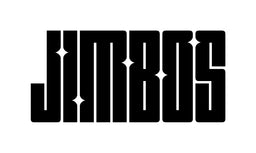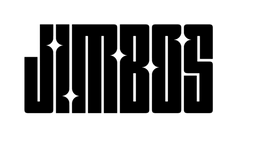How to Avoid Interior Over-Saturation
One of the most common mistakes beginners make in interior detailing is using too much cleaner or water. Over-saturating surfaces leads to long dry times, mildew, and even damage to electronics. In this guide, we’ll cover how to clean efficiently without soaking your interior.
Estimated Reading Time: ~8 minutes
Why Over-Saturation Happens
Over-saturation occurs when too much liquid cleaner or water is applied to fabric, carpets, or foam-backed materials. These surfaces act like sponges — they soak up the product but take forever to dry. Without airflow or extraction, moisture gets trapped, creating odors, mildew, and sticky residue.
- → Using spray bottles too close to the surface
- → Overspraying and not towel-blotting immediately
- → Cleaning with pressure instead of precision
- → Lack of airflow after cleaning
Step 1: Control Your Spray
Always mist your cleaner onto the towel or pad — not directly onto the surface. For example, when using Complete Cabin Cleaner, spray 2–3 pumps onto a microfiber towel, then wipe gently. This prevents puddling and helps the product stay where it’s needed most.
For carpets, you can use a fine-mist sprayer or foam cannon for more control, reducing the amount of liquid applied.
Step 2: Agitate, Don’t Drench
For stubborn grime, lightly mist the surface, then agitate with a Scrub Buddy Pad. Its textured surface breaks up dirt efficiently without requiring excess liquid. Always wipe dry with a clean microfiber towel immediately after agitation.
Clean Without Over-Saturating
Complete Cabin Cleaner provides maximum cleaning power with minimal liquid — safe on leather, cloth, and plastics.
Shop Complete Cabin Cleaner Buy on AmazonStep 3: Extract or Dry Quickly
If moisture does reach deeper layers of fabric, extract it right away using a wet/dry vacuum or compressed air. You can also use a Ryobi blower or open all doors to allow airflow. Moisture control is key to preventing odor and bacterial growth.
Step 4: Protect to Prevent Future Absorption
Once dry, apply a light fabric or plastic protectant like All Dressed Up to create a barrier that resists moisture. Regular maintenance prevents liquids from soaking deep into fibers later on.
Over-Saturation vs Controlled Cleaning
| Aspect | Over-Saturation | Controlled Cleaning |
|---|---|---|
| Dry Time | Several hours or more | 30–60 minutes |
| Risk of Mildew | High | Low |
| Cleaner Efficiency | Diluted and less effective | Concentrated and precise |
| Surface Safety | Can damage adhesives or electronics | Safe for all interior materials |
Clean Smart, Not Wet
Pair Complete Cabin Cleaner with Scrub Buddy Pads for a controlled, low-moisture clean that dries fast and looks amazing.
Shop Scrub Buddy Pad 3-Pack Buy on AmazonPro Tips to Prevent Over-Saturation
- → Always spray onto towels, not directly onto surfaces.
- → Wring out wet towels frequently during cleaning.
- → Use minimal product — more passes, less liquid.
- → Keep doors open during drying for airflow.
- → Avoid using steam near electronic controls or seams.
Related Reading
- Vacuuming Tips for a More Thorough Interior Clean
- The Right Way to Clean Car Carpets and Floor Mats
- Interior Cleaning Order: The Exact Sequence Pros Follow
- How to Keep Interiors Cleaner Longer
- How to Set Up an Interior Detailing Kit
FAQs
How can I tell if I over-saturated my interior?
If seats or carpets feel damp for hours or smell musty later, they’ve been over-saturated. Use airflow or extraction to fix it.
Can over-saturation cause odor?
Yes. Moisture trapped under fabric leads to mildew and musty smells, especially in warm climates.
What’s the best cleaner to prevent over-saturation?
Complete Cabin Cleaner is designed for low-moisture cleaning and fast drying.
Can I use a steam cleaner safely?
Yes, but only in short bursts and away from electrical components. Always follow up with a towel to absorb excess moisture.
How do I dry an over-saturated seat fast?
Use a blower, wet/dry vacuum, or open doors in direct sunlight to speed up evaporation.



